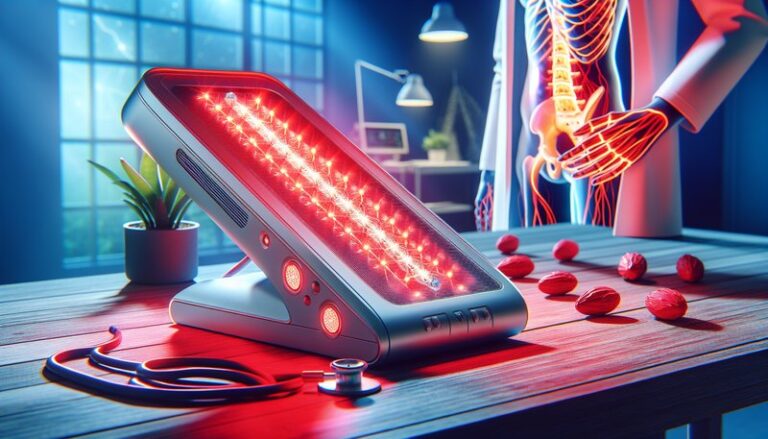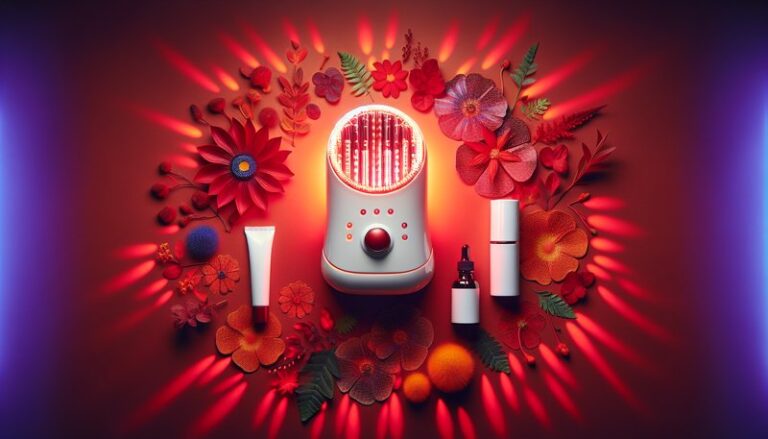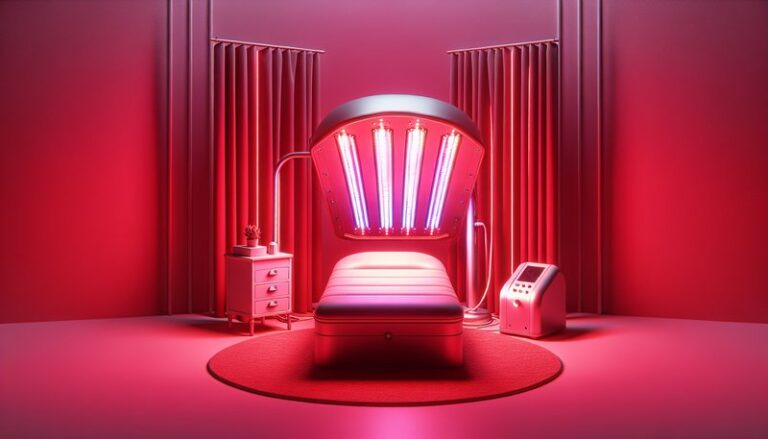How Much Does Red Light Therapy Cost?
How Much Does Red Light Therapy Cost?
Are you considering red light therapy for skin rejuvenation, pain relief, or other health benefits, but unsure about the costs involved?
This article will explore the factors influencing the cost of red light therapy, the various pricing structures you might encounter, and what you can expect regarding expenses whether you choose a professional treatment or at-home devices.
Key Takeaways
- The cost of red light therapy can vary widely based on treatment type, location, and device quality.
- On average, professional sessions range from $25 to $100 per session, while at-home devices generally cost between $100 and $500.
- Insurance may not cover red light therapy, so it’s essential to explore payment options or consider alternatives.
What is Red Light Therapy?
Red light therapy (RLT) is a non-invasive treatment that utilizes specific wavelengths of light, typically in the red and near-infrared spectrum, to penetrate the skin and activate cellular processes. This therapy is known for its potential benefits in promoting healing, reducing inflammation, and stimulating collagen production.
RLT is employed in various settings, from dermatology offices to physical therapy clinics and wellness centers, as well as being accessible through at-home devices.
The treatment typically lasts from a few minutes to about half an hour, depending on the area treated and the desired outcomes.
What are the Benefits of Red Light Therapy?
Understanding the benefits of red light therapy can further justify its costs. Here are some key advantages:
Improved Skin Health
RLT can stimulate collagen production, reduce wrinkles, and improve skin texture. Studies suggest that regular sessions may lead to noticeable improvements in fine lines and photoaging.
Pain Reduction and Healing
Many users report reduced pain and inflammation in conditions like arthritis and tendonitis. RLT promotes circulation, helping to deliver nutrients and oxygen to damaged tissues, facilitating faster recovery.
Enhanced Mood and Sleep Quality
Emerging research indicates that RLT may help regulate circadian rhythms and improve sleep quality, owing to its effects on the body’s natural processes.
Additional Benefits
Beyond these, RLT is being researched for its role in hair regrowth, muscle recovery, and reducing acne.
Is it Possible to Use Red Light Therapy at Home?
Yes, at-home red light therapy devices are available for those wishing to incorporate RLT into their self-care routines. These devices are typically more portable and cost-effective in the long run compared to professional treatments.
What are the Advantages of At-Home Devices?
At-home devices allow for convenience and frequency of use without the recurring costs of professional visits. Furthermore, you can tailor your treatment schedule to fit your personal needs.
What are the Disadvantages of At-Home Devices?
The initial investment might be high, and users may need time to learn how to use the devices effectively. Additionally, results might take longer compared to professional treatments due to lower intensity.
What are the Things to Consider Before Starting Red Light Therapy?
Before embarking on red light therapy, consider the following factors:
Device Quality
Investing in a reputable brand ensures safety and effectiveness. Research specifications, such as wavelength, intensity, and treatment size, to choose a suitable device.
Consultation with Professionals
If you’re considering red light therapy for specific medical conditions, consulting healthcare professionals can provide tailored advice and address any concerns.
Commitment Required
Achieving noticeable results often requires consistent use over a period of weeks or months. Be prepared for the time commitment involved.
Additional Considerations
It’s also important to consider your skin type or any underlying health issues that might affect your suitability for the therapy.
What are the Alternatives to Red Light Therapy?
If you’re weighing your options, here are alternatives to consider:
Laser Therapy
Similar to RLT, laser therapy uses focused light to treat various skin conditions and stimulate healing but often comes at a higher cost and with potential side effects.
Chemical Peels
This alternative involves applying a chemical solution to exfoliate the skin, also serving cosmetic and therapeutic purposes. Costs can vary based on the type of peel used.
Microdermabrasion
A non-invasive procedure that exfoliates the skin, improving tone and texture, often available in dermatology offices and spas. It generally carries a lower cost per session compared to light therapy.
Other Alternatives
Options such as ultrasound therapy or infrared sauna sessions can also offer therapeutic benefits, though they may not directly replicate the specific effects of red light.
Conclusion: Is it Recommended to Try Red Light Therapy?
Red light therapy can be a beneficial addition to your wellness regimen, particularly for skin health and pain relief. While costs can vary widely based on the method chosen, understanding the potential benefits and weighing them against the investment can help inform your decision. Ultimately, whether opting for professional sessions or at-home devices, many find that RLT’s advantages make it a worthwhile pursuit.
Frequently Asked Questions
How often should I undergo red light therapy?
Most practitioners recommend sessions 2-3 times a week for optimal results, but individual needs may vary.
Discover the complete guide Can Red Light Therapy Harm Skin?
Is red light therapy safe?
RLT is generally considered safe, with few side effects reported. However, individuals should consult with a healthcare professional, especially those with conditions sensitive to light.
Can I use red light therapy with other treatments?
Yes, many users combine RLT with other therapies, but it’s advisable to consult a physician or skin specialist to prevent potential interactions.
Get the scoop on Red Light Therapy Treatments
What should I expect during a session?
A typical session involves lying comfortably under the device, with no pain or discomfort reported. Most sessions last between 10 to 20 minutes, depending on the area treated.
Are there specific conditions that red light therapy can treat?
RLT has shown promise in treating conditions such as acne, psoriasis, and even joint pain, but individual results can vary and should be discussed with a healthcare provider.





